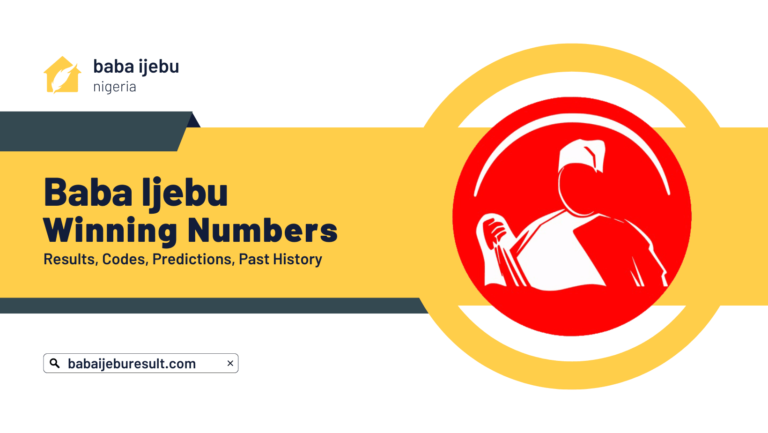BABA IJEBU CHART shows the numbers from one to 90, and each number is assigned a color. The colors represent categories:
· Red: numbers that have come up frequently in the past.
· Green: numbers that have come up less frequently in the past.
· Blue: numbers that have hot come up in a long time.
· Yellow: numbers that are considered to be lucky.
· Purple: numbers that are considered to be unlucky.
The chart can help players identify number patterns and make more informed predictions.
Or, if a number is yellow, it is more likely to be lucky.
There is still an element of luck involved in any lottery game.
Here are some of the benefits of using Baba Ijebu charts:
· They can help you identify patterns in the numbers.
· They can help you make more informed predictions.
However, there are also some risks associated with using Baba Ijebu charts:
· They can be difficult to understand.
· They may not be accurate.
· They may not be updated regularly.
Baba Ijebu charts can be a helpful tool for players who want to improve their chances of winning the lottery.
1. Baba Ijebu chart classification :
The chart shows the numbers from one to 90, and each number is classified into one of nine categories:
· Numbers (N): the number itself.
· Counter (C): the number that comes after it the sequence.
· Bonanza (B): a number that has come up frequently.
· String key (S): a group of numbers that tend to come up to gather.
· Turning (T): a number that has come up after a long absence.
· Melta (M): a number often paired with another.
· Equivalent (E): a number equal to the sum of two other numbers.
· Shadow (S): a number that is the opposite of another number.
The classification chart can help players identify patterns in the numbers and make more informed predictions.
There is still an element of luck involved in any lottery game.


